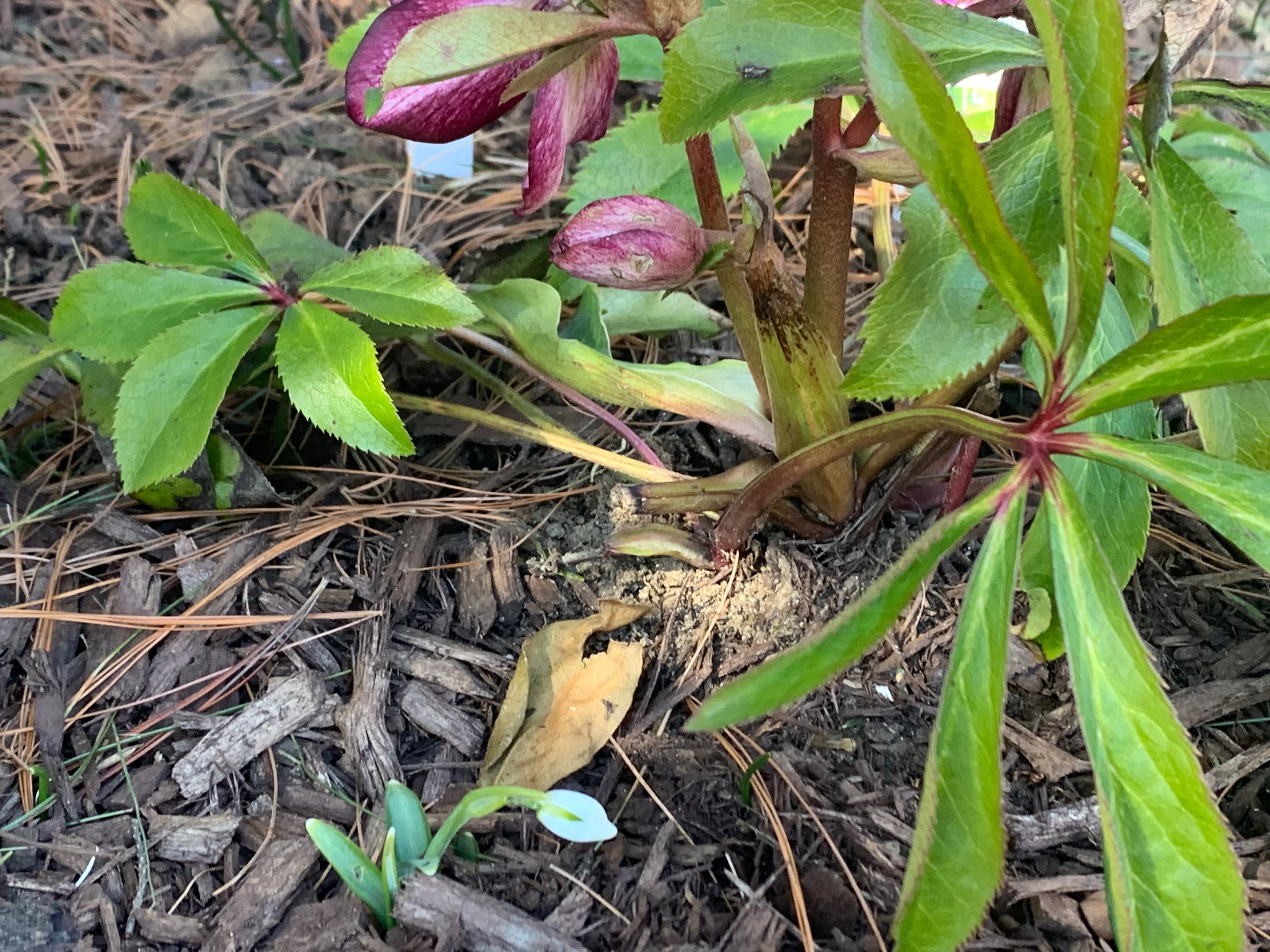“Everything you’ve ever wanted is on the other side of fear. ”
I am on a train headed toward Boston and away from New York. Which has me thinking about the idea of moving towards and away and about how one chooses what they want—whether you are choosing to move toward something or away from something. And much of our ability to make those choices is impacted by our experience of trauma—whether you have a history of trauma or whether your trauma is the more recent effect of the pandemic. Are you moving toward what you want or away from fear?
I have often said that trauma shatters. And the pandemic shattered many of our old routines and ways of doing things. And it has shattered many norms and structures that may or may not have served us before. And with all of the coming apart—we have an opportunity to choose how we put things back together.
Trauma makes decision making difficult—because the usual means of decision making—paying attention to wants, needs and preferences is short-circuited by survival mode. I am not knocking survival mode. It’s a crucial capacity for resilience—and it’s the reason many of us are still here and able to heal and grow and enjoy our lives. But the problem with trauma is that survival mode becomes a gear that we forget to shift out of, or more accurately—we don’t even know we are in it—and therefore we don’t think to shift out of it.
Survival mode is about protecting yourself—and these protections don’t just protect you from trauma---they become part of the fabric of who you are. They become part of the way you see the world. They aren’t choice so much as habit. And the habit of survival mode is to move away from fear.
And the thing that keeps us from unlearning survival mode is believing that moving away from survival mode will mean an absence of fear. Believing that the new behavior or choice will feel good. That if you choose to do the new thing and not the survival thing you won’t feel fear or anxiety. In fact, doing the new thing or heading into a new set of behaviors will often increase your fear. The problem is that the feeling of fear isn’t a reliable source of information about the present. It is an old map being used in a new territory. You feel fear and move to protect yourself by doing the old habit. And if you want to unlearn survival mode this isn’t how it works.
If have protected myself by not relying on people or asking for help—the opposite behavior—asking for help —will actually increase my fear—it will increase anxiety. Not necessarily because of what is happening in the present, but because of what I have experienced in the past and now anticipate happening again. Survival mode is about protecting myself from the trauma that already happened. It is an insurance policy against terror, helplessness, or being caught off-guard. If I continue to do things by myself, I will remain in survival mode. If want to move away survival mode and towards health—then I have to risk fear and anxiety to try something new. I have to live through the fear.
The key to unlearning survival mode is getting to the other side of fear. I don’t think there’s enough discussion of the other side of fear because it’s a totally unfamiliar place. The reason it’s hard to imagine is because it’s a place that’s actually brand new. And brand new places, especially in adulthood, often defy language. When you have lived inside fear for so long—you get really used to the constriction of living there. And on the other side of fear—after crossing the bridge or the tunnel that is filled with fear—there is an expansiveness that is new. An elasticity. And it is this new expansiveness that gives you the beginning of your freedom of movement towards something that you want rather than moving away from fear.
The other side of fear isn’t the end point—it’s the space that allows the shift. This is what I think is missing in the discussion of most transitions. We think of transitions as moving from one pole to the other. And the truth is that transitions require a middle space—a space between this or that. The middle space is the space where we get to experience something new—which means we actually get to experience the present—what’s happening now—and not what already happened. And in the present is where we actually get a choice. It is where we can actually feel what we want or what we need because the information is available, and it is relevant.
© 2022 Gretchen L. Schmelzer, PhD




